#Berengaria of Barcelona
Explore tagged Tumblr posts
Text

Sancho III
Artist: Jose Madrid Castelaro y Perea (Spanish, 1801-1873)
Date: c. 1851
Medium: OIl on canvas
Collection: Museo del Prado, Madrid, Spain
Sancho III of Castile
Sancho III (c. 1134 – 31 August 1158), called the Desired (el Deseado),[was King of Castile and Toledo for one year, from 1157 to 1158. He was the son of Alfonso VII of León and Castile and his wife Berengaria of Barcelona, and was succeeded by his son Alfonso VIII. His nickname was due to his position as the first child of his parents, born after eight years of childless marriage.
During his reign, the Order of Calatrava was founded. It was also in his reign that the Treaty of Sahagún in May 1158 was decided.
Painting Description
The king, in the representation imagined by the painter, is descending the steps on which the throne is located. He is dressed in a crimson-coloured overcoat, embroidered in gold, with a fur lining, and his left hand is resting on his sword. The neutral background is broken up by the presence of the curtain situated behind the throne that closes the composition. Deposited in the Congress of Deputies. Madrid.
#portrait#ancient king#king of castile#sancho iii#standing#full length#crimson colored overcot#gold enbroidery#fur lining#sword#curtain#throne#king of castile and toledo#oil on canvas#painting#oil painting#european art#spanish culture#spanish history#jose madrid castelero#spanish painter#museo del prado#19th century painting
14 notes
·
View notes
Text
Theodoric, King of the Ostrogoths (r 475-526)
Justinian I, Byzantine Emperor (r 527-565)
Charlemagne, King of the Franks and Holy Roman Emperor (r 768-814)
Alfred, King of Wessex (r 871-899)
Alfonso III, King of León, Galicia and Asturias (r 866-910)
Otto I, Holy Roman Emperor (r 936-973)
Vladimir Sviatoslavich, Grand Prince of Kiev (r 980-1015)
Rajaraja I, King of Anuradhapura and Chola Emperor (r 985-1014)
Sancho III, King of Pamplona, Count of Aragon (r 1004-1035)
Cnut, King of Denmark, England and Norway (r 1016-1035)
Roger II, King of Sicily (r 1130-1154)
Valdemar I, King of Denmark (r 1154-1182)
Berengaria, Queen of Castile and Toledo and Queen of León (r 1217)
Llywelyn ab Iorwerth, Prince of Wales (r 1195-1240)
Peter III, King of Aragon and Valencia (r 1276-1285), Count of Barcelona and King of Sicily (r 1282-1285)
Casimir III, King of Poland (r 1333-1370)
Louis I, King of Hungary and Croatia (r 1342-1382) and King of Poland (r 1370-1382)
Sejong, King of Joseon (r 1418-1460)
Ewuare, Oba of Benin (r 1440-1473)
Ivan III, Grand Prince of Moscow (r 1462-1505)
27 notes
·
View notes
Text

Berenguela de Barcelona
She was a very beautiful and extremely graceful young girl who loved chastity and truth and all God-fearing people.
Berenguela was the daughter of Ramon Berenguer III, Count of Barcelona and his third wife Dolça I de Gévaudaun, Countess of Provence. Although her date of birth is unknown, the sources place it between 1108 and 1116. It is known that Berenguela had a good relationship with her older sister, María de Osona, who was the daughter of the first marriage of her father with María Rodríguez, the daughter of El Cid Campeador.
In 1128 Berenguela married Alfonso VII, King of León, Castile and Galicia. She becoming the first queen of the newly reigning dynasty of the House of Ivrea. In 1135, Alfonso VII was crowned “Emperor of Spain” (Imperator totius Hispaniae) in the Cathedral of León. The imperial couple had seven children, of whom Sancho III was King of Castile and Fernando II King of León. The daughters, Constanza and Sancha, became Queens consorts of France and Navarre.
Historians who have dedicated to studying her life consider that Berenguela de Barcelona was one of the characters who deserves a privileged position in the history of Spain. She actively participated in political life and was patroness of the arts. She accompanied her husband in the battles, stopped the uprising in Asturias and heroically resisted the besieged of Toledo by the Muslims. She also introduced a taste for Provencal troubadours to the kingdom, supported writers who narrated the exploits of El Cid and encouraged pilgrimages to Santiago de Compostela, where she was buried in 1149.

Berenguela nació en el prestigioso y rico condado de Barcelona como hija del conde Ramón Berenguer III y de su segunda esposa Dulce de Provenza. La joven barcelonesa destacó por su inteligencia y gran belleza, llegando su fama hasta la corte del rey Alfonso VII de Léon, Castilla y Galicia, hijo de la legendaria reina Urraca. Al parecer fue un noble, Armengol de Urgel, quien le facilitó los trámites para entrar en contacto con los condes de Barcelona. El rey de León tenía poco más de veinte años y no estaba casado, ni siquiera había ninguna candidatura seria para un matrimonio, que tarde o temprano tendría que celebrarse.
Una vez prometida al rey Alfonso VII, Berenguela de Barcelona emprendió un largo viaje. Desde Barcelona hasta la corte de su futuro marido, debía cruzar los dominios del rey aragonés Alfonso el Batallador, quien estaba en disputa con Castilla por cuestiones territoriales y fronterizas. Para evitarlo, Berenguela y su comitiva tuvieron que hacer parte del viaje por el sur de Francia, llegar hasta el Golfo de Vizcaya y fletar unas barcazas que, bordeando la costa cantábrica, les permitieran desembarcar en un puerto controlado por los leoneses.
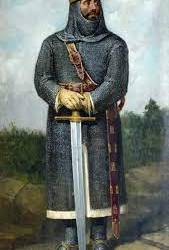
A finales de 1128 o enero de 1129, los prometidos contraían matrimonio en la villa de Saldaña. Con motivo de las celebraciones de los esponsales, que duraron varios días, se dice que tuvo lugar la primera corrida de toros celebrada en la Península. La pareja imperial tuvo siete hijos, destacándose Sancho III de Castilla y Fernando II de León. La joven reina forjó una gran amistad con su cuñada la infanta Sancha Raimúndez, llegando a ser ambas las principales consejeras de Alfonso VII. Berenguela participó en la política de forma activa, fue la principal responsable de apagar la rebelión del conde de Asturias Gonzalo Peláez y acompañó a su esposo a la guerra en muchas ocasiones, participando así de sus victorias.
En 1135 tuvo lugar la coronación de Alfonso VII como Imperator totius Hispaniae en la catedral de León, gran parte de los nobles presentes en el acto habían llegado gracias a los contactos de la reina y su familia; así su hermano Ramón Berenguer IV, Armengol de Urgel, el conde Alfonso Jordán de Tolosa, el de Montpellier, el duque de Gascuña, el de Foix y otros grandes señores del Sur de Francia. A ella, entonces, cupo el gran honor de ser la Emperatriz consorte de Hispania.
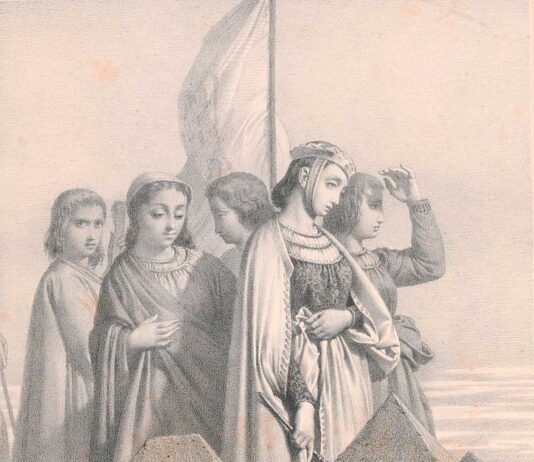
Nos dice la crónica de Alfonso VII que en 1139 la reina Berenguela fue la responsable de una heroica resistencia en Toledo. Habiendo partido su marido al sitio del castillo de Aurelia, encargó a su esposa la defensa de la ciudad. Pero la campaña se alargó demasiado y Toledo fue sitiada por las tropas musulmanas. Berenguela reunió un pequeño ejército, pero, consciente de su inferioridad, decidió intentar una jugada diplomática para tratar de evitar la lucha. Indignada por la destrucción de la torre de San Servando, cercana a la ciudad, Berenguela envió un mensajero con una carta al campo enemigo que decía lo siguiente:
"¿No conocéis que es mengua de caballeros y capitanes esforzados acometer a una mujer indefensa cuando tan cerca os espera el emperador? Si quereis pelear id a Aurelia y allí podréis acreditar que sois valientes, como aquí dejar demostrado que sois hombres de honor si os retiráis".
La reina Berenguela apareció además sentada sobre un trono real en una de las torres, rodeada de sus doncellas, que cantaban con tímpanos, cítaras, címbalos y salterios. Los musulmanes quedaron impresionados por la nobleza de la reina y levantaron inmediatamente el cerco, marchando a luchar contra Alfonso. Cuando el alcaide de Toledo, Nuño Alfonso, entró victorioso en la ciudad portando las cabezas de los emires de Sevilla y Córdoba, las mandó colgar de las torres del alcázar, pero la reina se apiadó, ordenando que las embalsamaran y enviaran a sus viudas en cofres de oro. Una torre en Toledo (la Torre de la Reina) recuerda la gesta de la reina Berenguela.
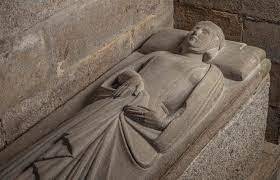
Berenguela es recordada como una prudente reina que sacrificó sus sentimientos dando prioridad a los intereses de la corona. Cuando de las infidelidades de su esposo con la noble asturiana Gontrodo Pérez nació una hija, doña Urraca, la reina perdonó a su esposo y quiso ganárselo mediante el cariño. Aún más, cuando Urraca casó con el rey de Navarra García el Restaurador, la reina Berenguela se encargó de preparar los esponsales con gran pompa y asistió, dando gran realce a la ceremonia. Mujer culta, Berenguela fue una gran mecenas y amante de las artes, a ella se debe el impulso de la poesía provenzal en el reino, apoyó a escritores que narraban las hazañas del Cid y fomentó el peregrinaje a Santiago de Compostela, donde fue enterrada. Su muerte fue muy lamentada, tanto que, según los historiadores de la época, el año 1149 fue usado en los documentos como punto de partida para fechar los acontecimientos, bajo la fórmula "año en que falleció la señora emperatriz".
#Berenguela de Barcelona#Berenguela Berenguer#Berengaria of Barcelona#Spanish history#women in history#Alfonso VII
26 notes
·
View notes
Photo
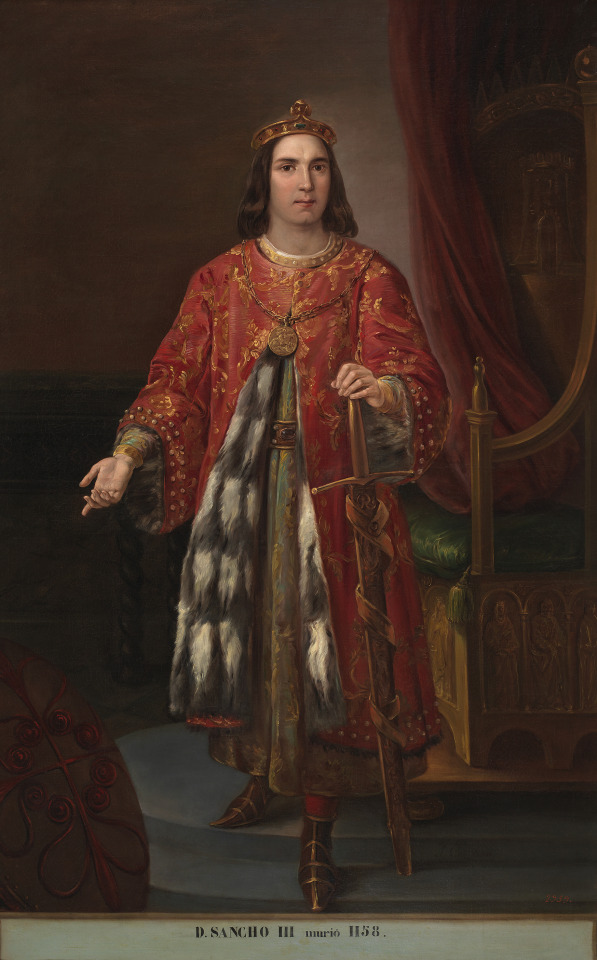
Sancho III, rey de Castilla. By José Castelaro y Perea.
King Sancho III (1134–1158), called ”the Desired”, was King of Castile and Toledo for one year, from 1157 to 1158. He was the son of Alfonso VII of León and Castile and his wife Berengaria of Barcelona, and was succeeded by his son Alfonso VIII. His nickname was due to his position as the first child of his parents, born after eight years of childless marriage.
During his reign, the Order of Calatrava was founded.
#José Castelaro y Perea#monarquia española#reyes de españa#reyes de castilla#rey de castilla#kingdom of castile#spain in the middle ages#house of ivrea#casa de borgoña#king sancho iii
7 notes
·
View notes
Text
Dulce de Aragão, Queen of Portugal (Wife of King Sancho I of Portugal)

Reign: December 6, 1185 - September 1, 1198 Predecessor: Mafalda of Savoy
Dulce of Aragon (1160 – 1 September 1198) was Queen consort to King Sancho I of Portugal. As the eldest daughter of Ramon Berenguer IV, Count of Barcelona and his wife, Queen Petronila of Aragon, she was the sister of the future King Alfonso II of Aragon.
Her bethrothal to infante Sancho, son of Afonso Henriques, the first king of Portugal, was celebrated when she was eleven years old and the marriage in 1174. Not much is known about her life prior to her arrival in Portugal or of the wedding tokens she received upon her marriage.
"A beautiful and excellent lady, quiet and modest, her personality coinciding with her name," Dulce was used as a commodity to seal an alliance which aimed to "strengthen Portugal and to contain the expansionism of Castile and León" and she played the role that was expected of her as a wife and as the mother of numerous children. At the same time, the marriage compensated for the broken engagement of her husband's sister, Infanta Mafalda with her brother, the future King Alfonso II of Aragon. With the death of King Afonso Henriques in 1185, her husband ascended the throne and she became Queen consort of Portugal. In his first will, executed in 1188, her husband gave her the income from Alenquer, of the lands along the banks of the Vouga River, of Santa Maria da Feira and of Oporto.
Dulce did not live long after the birth of her last two daughters, Branca and Berengaria, probably twins, and died in 1198 probably succumbing to the plague and weakened by the successive childbirths. She was buried in the Monastery of Santa Cruz in Coimbra.
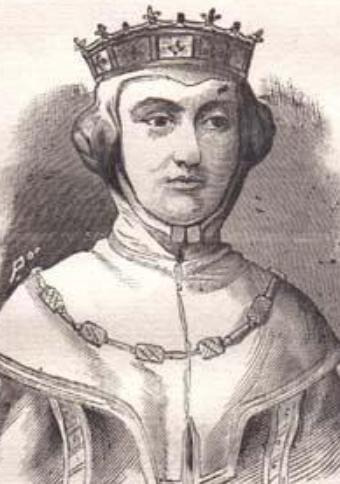
Eleven children were born from her marriage to King Sancho, nine of whom reached adulthood:
Constança (May 1182 – before 1186 or August 1202). According to Rodrigues Oliveira, she must have died before 1186 since her name is not registered in any of the documents of the chancellery of Sancho I which begins in that year";However, the necrology of São Salvador de Moreira records the death "III Nonas Augusti" in 1202 of "Domna Constantia Infantula filia regis domni Sancii et reginæ domnæ Dulciæ".
Afonso (23 April 1186 – 25 March 1223), succeeded his father as the third king of Portugal;
Raimundo (1187/88 – 9 March bef. 1188/89), who died in infancy;
Pedro (23 February 1187 – 2 June 1258), spouse of Aurembiaix, countess of Urgell;
Fernando (24 March 1188 – 27 July 1233), count through his marriage to Joan, Countess of Flanders;
Henrique (aft. March 1189 – 8 Dec aft. 1189), who died during infancy;
Mafalda (1195/1196 – 1 May 1256), the wife of Henry I of Castile, was beatified in 1793;
Branca (1198 – 17 November 1240), probably the twin sister of Berengaria, was raised in the court with her father and his mistress "a Ribeirinha" and, when she was eight or ten years old, was sent to live with her sisters at the Monastery of Lorvão. She was a nun at a convent in Guadalajara and was buried at the same monastery as her mother;
Berengaria (1198 – 27 March 1221), probably the twin sister of Branca, married Valdemar II of Denmark in 1214.
14 notes
·
View notes
Text
2nd King of Portugal and of the Burgundy Dynasty: King Sancho I of Portugal, "The Populator"
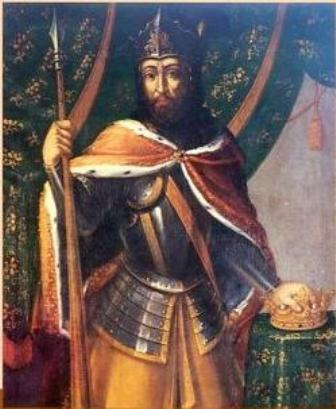
Reign: 6 December 1185 – 26 March 1211 Coronation: 9 December 1185 Predecessor: Afonso I
Sancho I (nicknamed "the Populator" ("o Povoador"), King of Portugal (Coimbra, 11 November 1154 – 26 March 1211) was the second but only surviving legitimate son and fifth child of Afonso I of Portugal by his wife, Mafalda of Savoy. Sancho succeeded his father and was crowned in Coimbra when he was 31 years old on 9 December 1185. He used the title King of Silves from 1189 until he lost the territory to Almohad control in 1191.
Sancho was baptized with the name Martinho since he was born on the feast day of Saint Martin of Tours. On 15 August 1170, he was knighted by his father, King Afonso I, and from then on he became his second in command, both administratively and militarily. At this time, the independence of Portugal (declared in 1139) was not firmly established. The kings of León and Castile were trying to re-annex the country and the Roman Catholic Church was late in giving its blessing and approval. Due to this situation Afonso I had to search for allies within the Iberian Peninsula. Portugal made an alliance with the Crown of Aragon and together they fought Castile and León. To secure the agreement, Sancho married Dulce, younger sister of King Alfonso II of Aragon, in 1174. Aragon was thus the first Iberian kingdom to recognize the independence of Portugal.

With the death of Afonso I in 1185, Sancho I became the second king of Portugal. Coimbra was the center of his kingdom; Sancho terminated the exhausting and generally pointless wars against his neighbours for control of the Galician borderlands. Instead, he turned all his attentions to the south, towards the Moorish small kingdoms (called taifas) that still thrived. With Crusader help he took Silves in 1188. Silves was an important city of the South, an administrative and commercial town with population estimates around 20,000 people. Sancho ordered the fortification of the city and built a castle which is today an important monument of Portuguese heritage. At the time he also styled himself "By the Grace of God, King of Portugal and Silves (Dei Gratiæ, Rex Portugalliæ et Silbis). However, military attention soon had to be turned again to the North, where León and Castile threatened again the Portuguese borders. Silves was again lost to the Moors in 1191.

Sancho I dedicated much of his reign to political and administrative organization of the new kingdom. He accumulated a national treasure, supported new industries and the middle class of merchants. Moreover, he created several new towns and villages (like Guarda in 1199)

and took great care in populating remote areas in the northern Christian regions of Portugal – hence the nickname "the Populator". The king was also known for his love of knowledge and literature. Sancho I wrote several books of poems and used the royal treasure to send Portuguese students to European universities.
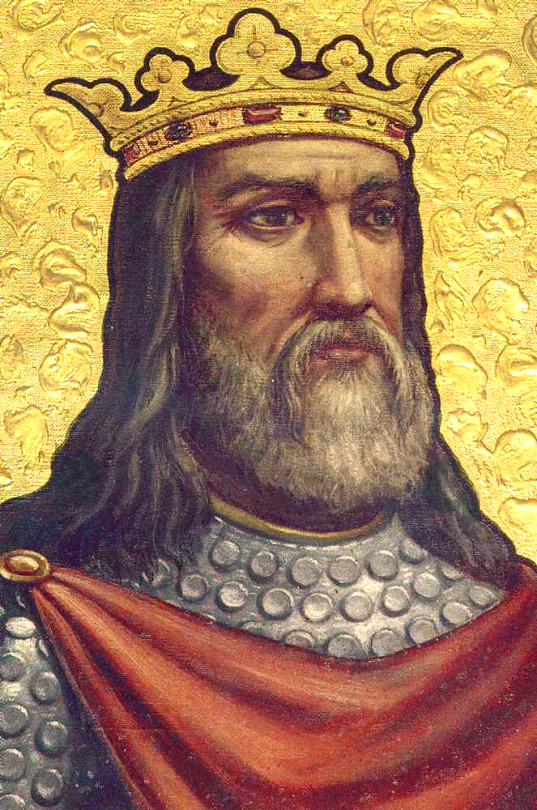
He died in Coimbra, aged 56.
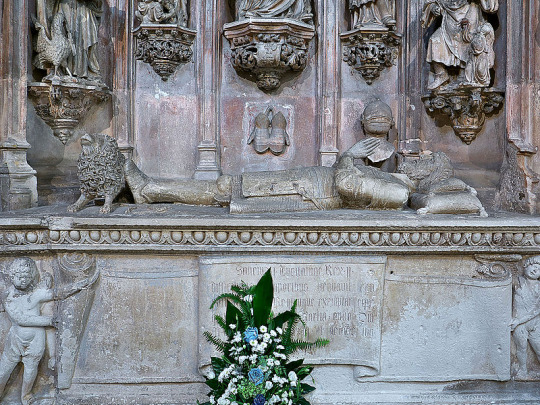
Sancho married Dulce of Aragon, daughter of Ramon Berenguer IV, Count of Barcelona and Petronilla, Queen of Aragon. Eleven children were born from this marriage, nine of whom reached adulthood:
Teresa (1175/1176 – 18 June 1250), she became the wife of King Afonso IX of León and was beatified in 1705;
Sancha (1180 – 13 March 1229), founded the Monastery of Celas near Coimbra where she lived until her death.
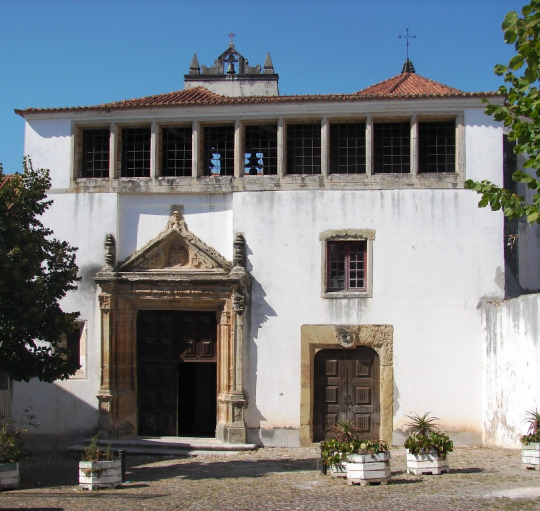
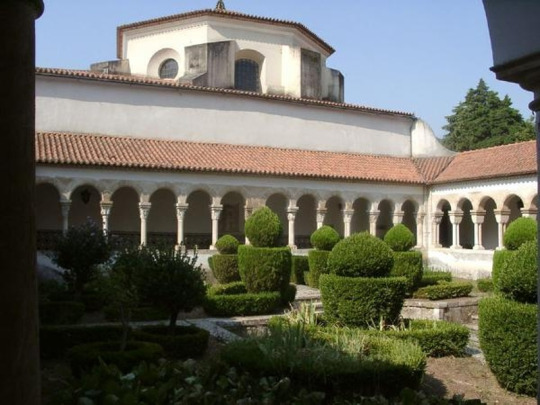
Her sister Teresa arranged for her burial at the Monastery of Lorvão.
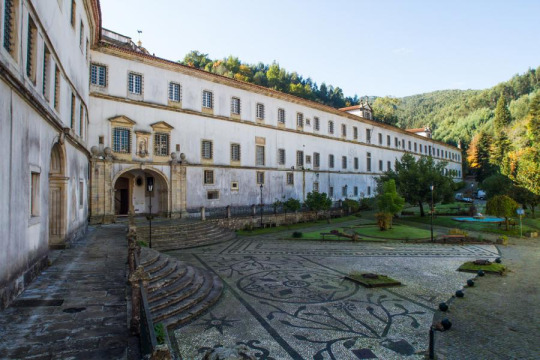
She was beatified by Pope Clement XI in 1705, the same year as Teresa;
Constança (May 1182 – before 1186 or August 1202). According to Rodrigues Oliveira, she must have died before 1186 since her name is not registered in any of the documents of the chancellery of Sancho I which begins in that year";However, the necrology of São Salvador de Moreira records the death "III Nonas Augusti" in 1202 of "Domna Constantia Infantula filia regis domni Sancii et reginæ domnæ Dulciæ".
Afonso (23 April 1186 – 25 March 1223), succeeded his father as the third king of Portugal;
Raimundo (1187/88 – 9 March bef. 1188/89), who died in infancy;
Pedro (23 February 1187 – 2 June 1258), spouse of Aurembiaix, countess of Urgell;
Fernando (24 March 1188 – 27 July 1233), count through his marriage to Joan, Countess of Flanders;
Henrique (aft. March 1189 – 8 Dec aft. 1189), who died during infancy;
Mafalda (1195/1196 – 1 May 1256), the wife of Henry I of Castile, was beatified in 1793;
Branca (1198 – 17 November 1240), probably the twin sister of Berengaria, was raised in the court with her father and his mistress "a Ribeirinha" and, when she was eight or ten years old, was sent to live with her sisters at the Monastery of Lorvão. She was a nun at a convent in Guadalajara and was buried at the same monastery as her mother;
Berengaria (1198 – 27 March 1221), probably the twin sister of Branca, married Valdemar II of Denmark in 1214.
With Maria Aires de Fornelos, daughter of Aires Nunes de Fornelos and Maior Pais, who was buried at the Monastery of Santo Tirso in accordance with her last will, Sancho had two children, both born before his marriage to Dulce of Aragon:
Martim Sanches (born before 1175) Count of Trastámara. Martim married Elo Pérez de Castro, daughter of Pedro Fernández de Castro, with no issue from this marriage;
Urraca Sanches (born before 1175), was married to Lourenço Soares, son of Soeiro Viegas and Sancha Bermúdez de Traba.
After Dulce's death, he had an affair with María Pais de Ribeira "a Ribeirinha" for whom he is often said to have written and dedicated a cantiga de amigo, A Ribeirinha, composed in 1199, the oldest text known in Portuguese poetry. That is contested nowadays by the Portuguese historian António de Resende Oliveira, who claims this cantiga was composed by Alfonso X of Castile or perhaps Sancho II of Portugal. At least six children were born of this relationship:
Rodrigo Sanches (died 1245), had a bastard son with Constança Afonso de Cambra called Afonso Rodrigues, a Franciscan friar and the "Guardian of the Convent of Lisbon";
Gil Sanches (died on 14 September 1236), a cleric and troubadour, his father left him 8,000 morabetinos in his will. Gil granted fueros to the settlers of Sardezas in 1213;
Nuno Sanches, he died in his childhood on a 16 of December in an unknown year. He could also have been the son of Maria Aires de Fornelos;
Maior Sanches, also died at an early age on 27 of August of an unknown year;
Teresa Sanches, her father left her 7,000 morabetinos in his will. She was the second wife of Afonso Téllez de Meneses whom she married before 1220 and with whom she had issue;
Constança Sanches (1204 – 8 August 1269). Her father left her 7,000 morabetinos in his will. She was the God-mother of her grand-niece, Infanta Sancha and left her half of Vila do Conde, Avelaneda, Pousadela, Parada and Maçãs. She also owned estates in Torres Vedras.
King Sancho also had one son with Maria Moniz de Ribeira, daughter of Munio Osorio, tenente of the comarca of Cabreira and Ribera,and of Maria Nunes of Grijó,:
Pedro Moniz, who married a woman whose name is not recorded, and was the father of Maria Peres de Cabreira, the wife of Martim Peres Machado, the first to use the last name Machado.
11 notes
·
View notes